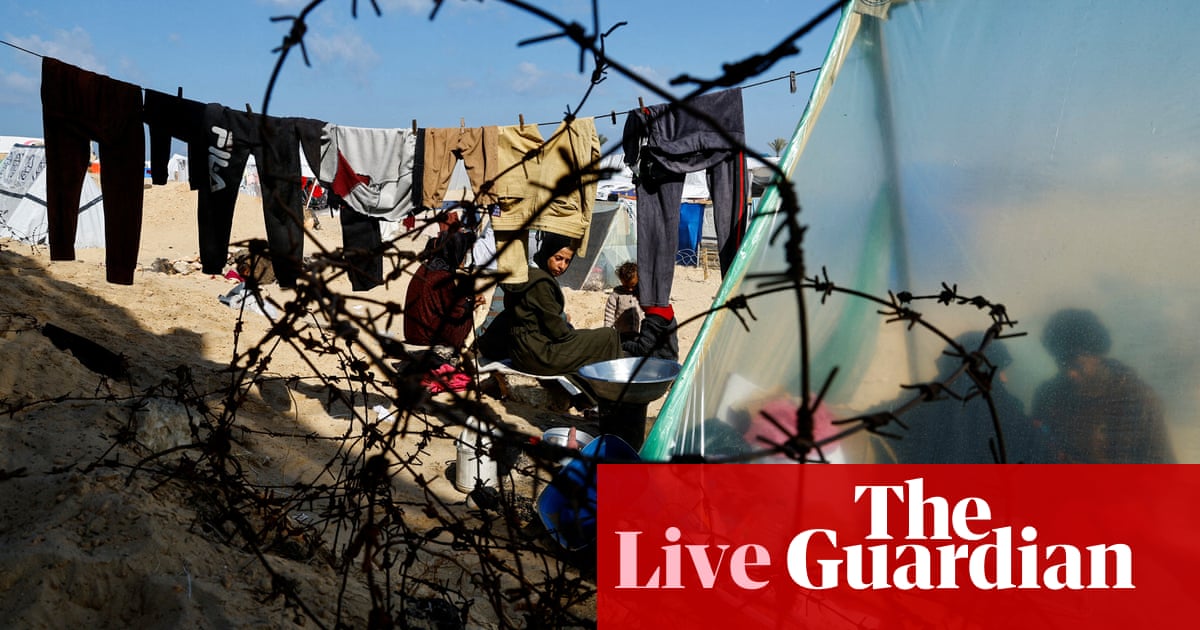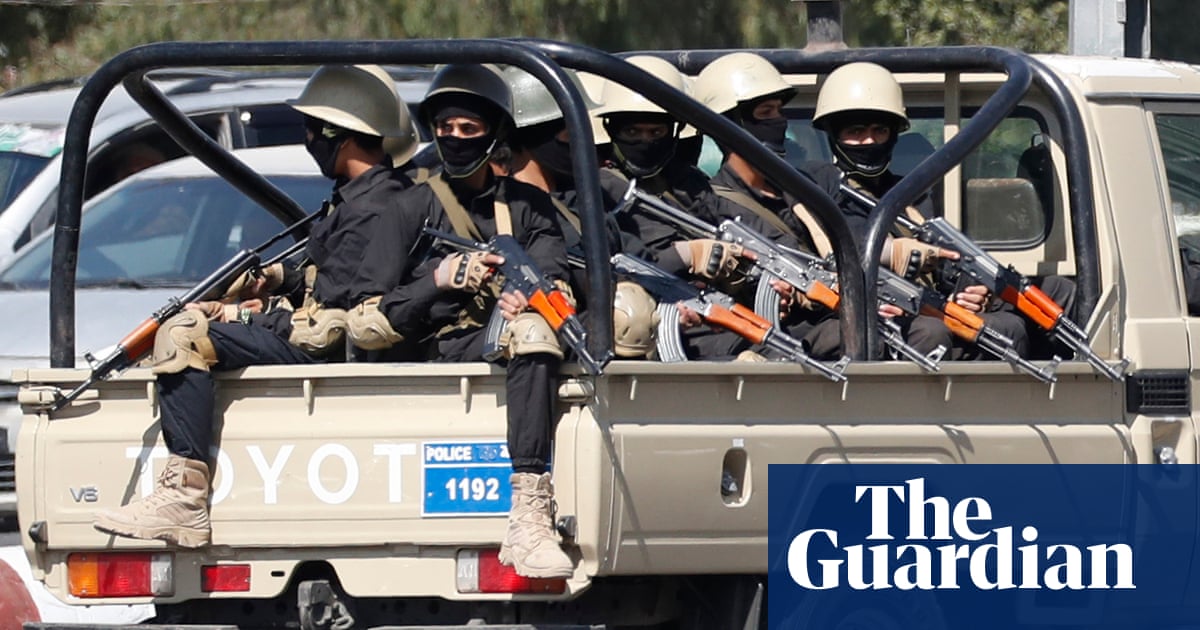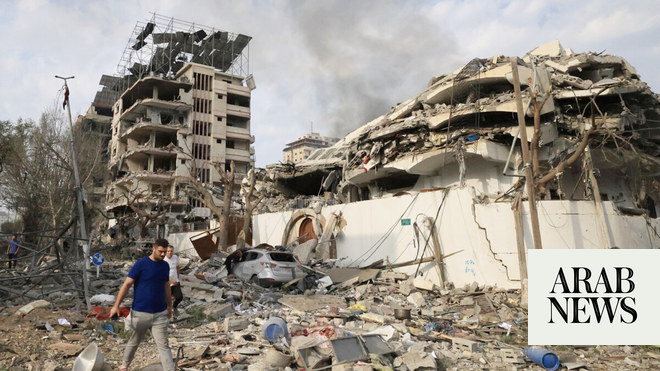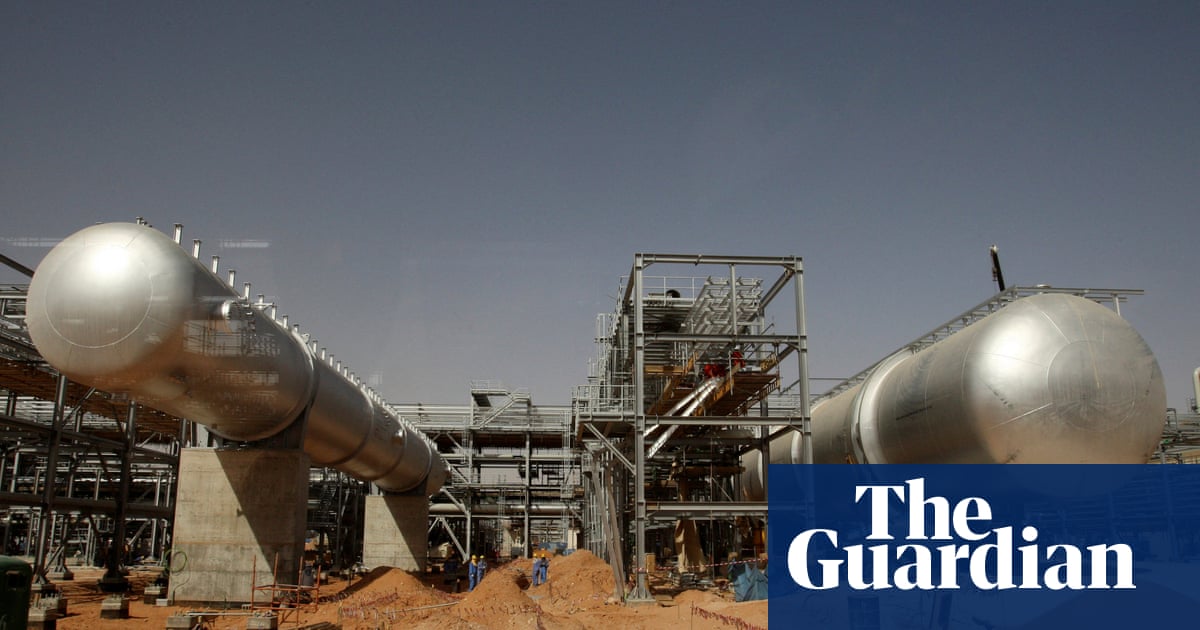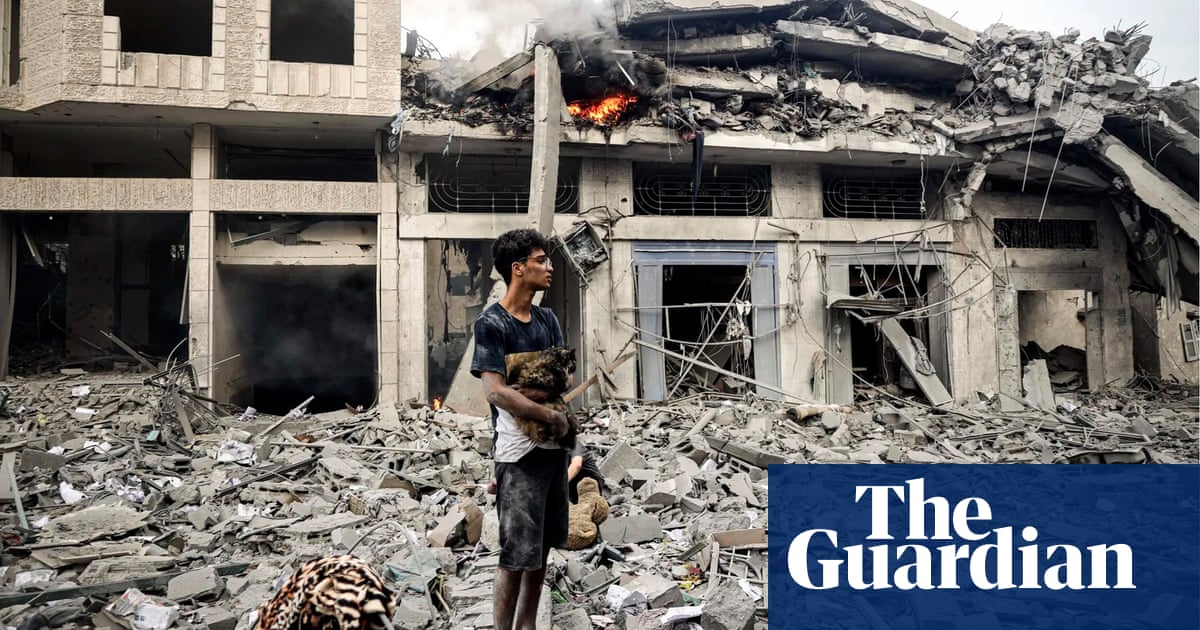
For a region that is no stranger to geopolitical turmoil, UN agencies believe the Middle East is experiencing an “apocalyptic” collective humanitarian crisis. Even before Hamas’s October attack on Israel convulsed the region, neighbouring Lebanon and Syria were experiencing profound challenges, while Yemen has been vying for the unenviable title of home to the world’s worst humanitarian calamity.
On Friday, the UN humanitarian agency (OCHA) admitted that the situation in the Middle East had probably “never been worse” since it began collating records in 1991.
Already, tens of millions of people across the region depend on humanitarian aid with most metrics forecasting a deteriorating trajectory.
But it is Gaza, which has been devastated by the continued Israeli military offensive, that experts warn is having a catalysing effect on the region, amplifying historical tensions while conjoining conflicts from the Mediterranean coast to the tip of the Arabian peninsula 2,300km (1,429 miles) away.
James Denselow, the head of conflict and humanitarian policy at Save the Children, says: “We’ve got a very recent history of large-scale crises across the region and now we have the most intense conflict [Gaza] we’ve seen in the modern generation, which risks creating a conflagration between these other conflicts.
“For us, as a humanitarian children’s agency, it’s pretty apocalyptic.”
Four overlapping crises – Gaza, Lebanon, Syria and Yemen – are putting unprecedented pressures on aid agencies. The humanitarian community is having to accept the stark reality that it can no longer meet demand.
Jeff Feltman, a senior fellow at the UN Foundation with 30 years’ diplomatic experience in the Middle East, says: “The combination of humanitarian crises across the Middle East – including the humanitarian catastrophe in Gaza – have put more strains than most of us have ever seen on the financial ability of donors to respond and the ability of humanitarian actors to meet the needs.
“There’s more demand now and more obstacles to reaching those in need than most of us have ever witnessed.” Save the Children, for instance, is juggling a record eight “category 1 emergencies”, with most concentrated in the Middle East.
Things are bad, but the consensus indicates that bleaker times lie ahead. “It’s likely going to get worse before it gets better,” says Jens Laerke, a senior official at OCHA in Geneva.
Speaking shortly after discussing the challenges facing the Middle East with the UN’s top aid official, Martin Griffiths, Laerke adds: “Despite 70 years of international efforts to solve problems by diplomacy and by non-violent means, leaders around the world are now reaching for the gun to resolve their differences as a first option. The question is: are we entering an age of war?”
Syria
With the 13th anniversary of the Syrian conflict fast approaching, the war-ravaged country finds itself sliding towards an ever-deepening humanitarian catastrophe.
Latest assessments conclude that 85% of households cannot meet even their basic needs and 70% are in need of humanitarian assistance. The country, says the UN, also finds itself at the centre of the “world’s largest refugee crisis”. Half the population is displaced, either inside or outside the country.
Humanitarian needs in Syria have, the European Commission said recently, reached an “all-time high”.
The world, though, has largely moved on. The UN’s Laerke says: “When it blew up there, we saw it daily on the front pages – the horror, the atrocities. We don’t see that any more. But for the ordinary people in Syria, in terms of their basic humanitarian needs, the situation is actually worse.”
And the violence that has brought much of the country to its knees, shows little sign of going away. On Monday, Turkey orchestrated air raids against Kurdish fighters in the country. The following day, Iran fired missiles into northern Syria. Two days later, Thursday, it was Jordan’s turn, this time striking targets in the south of the country. Completing a tumultuous week were Saturday’s suspected air strikes against Iranian military figures in Damascus.
Gaza
At the start of October, few Palestinians in Gaza could have imagined how fundamentally their lives would change.
Satellite images chronicle the extent of the devastation throughout much of the coastal strip 100 or so days since Israel began its offensive. At least half of its homes are believed destroyed or damaged. More than 85% of its population has been displaced. A senior UN official recently described the narrow Gaza Strip as ostensibly “uninhabitable”.
With aid agencies lamenting that nowhere near enough help is being allowed in, reports suggest “pockets of famine” are emerging. Undeniably, acute food shortages have become the norm. The British Red Cross says 80% of people in Gaza are facing catastrophic food insecurity.
In the depths of winter, hundreds of thousands survive in makeshift shelters, in cars or out in the open. More than 1.4 million of a prewar population of 2.3 million are living in “overcrowded and unsanitary” shelters, according to the UN.
Whatever fresh horrors lie ahead, it is already likely that Gaza’s entire population, including a generation of children, will be traumatised.
Lebanon
Four years into its historic economic meltdown, Lebanon has been long regarded as one of the world’s worst humanitarian crisis. More than half its population of 5.8 million depends on humanitarian help for basic needs.
Again, aid agencies are concerned that not enough assistance is being provided to go round. A day before Hamas’s 7 October attack, the UN felt sufficiently concerned to warn that the amount of assistance it was providing to Lebanon was “much less than the minimum survival level” it normally distributed.
That situation is likely to have been worsened by the resulting offensive in Gaza and repercussions for aid across the wider Middle East.
Daily hardship is amplified by the effects of inflation and currency depreciation pushing up the price of basic commodities. In addition, more than 1.2 million people need support to access safe water and sanitation.
Huge numbers of Syrian refugees, fleeing the war across the border, place further strain on a fragile system. According to the UN, Lebanon now hosts “the highest number of displaced humans per capita and per square kilometre in the world”.
Yemen
Even before the recent wave of US and UK strikes, the impoverished Gulf state, crushed by years of civil war, was failing by most measurements.
Some 21 million Yemenis, or two-thirds of the population, rely on aid to survive. Of these, more than 14 million are in “acute need”, with at least 3 million displaced from their homes since 2015.
The recent strikes on Houthi targets have prompted fresh panic, causing some aid operations to pause – no small matter in a country where more than 200 humanitarian organisations deliver aid to an average of 8.9 million people each month.
Another concern is that even before the crisis in Gaza, the UN’s latest humanitarian response plan seeking £3.42bn was only a third funded.
Such a shortfall means that millions of Yemenis, already facing an uncertain future, now fear where a high-stakes confrontation between the US and Houthi’s might end.





